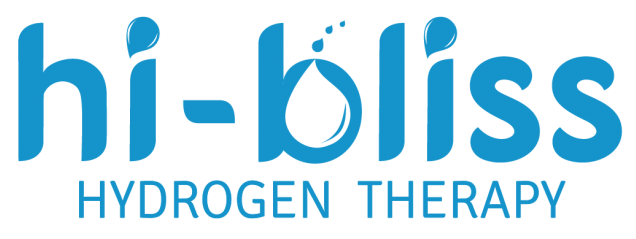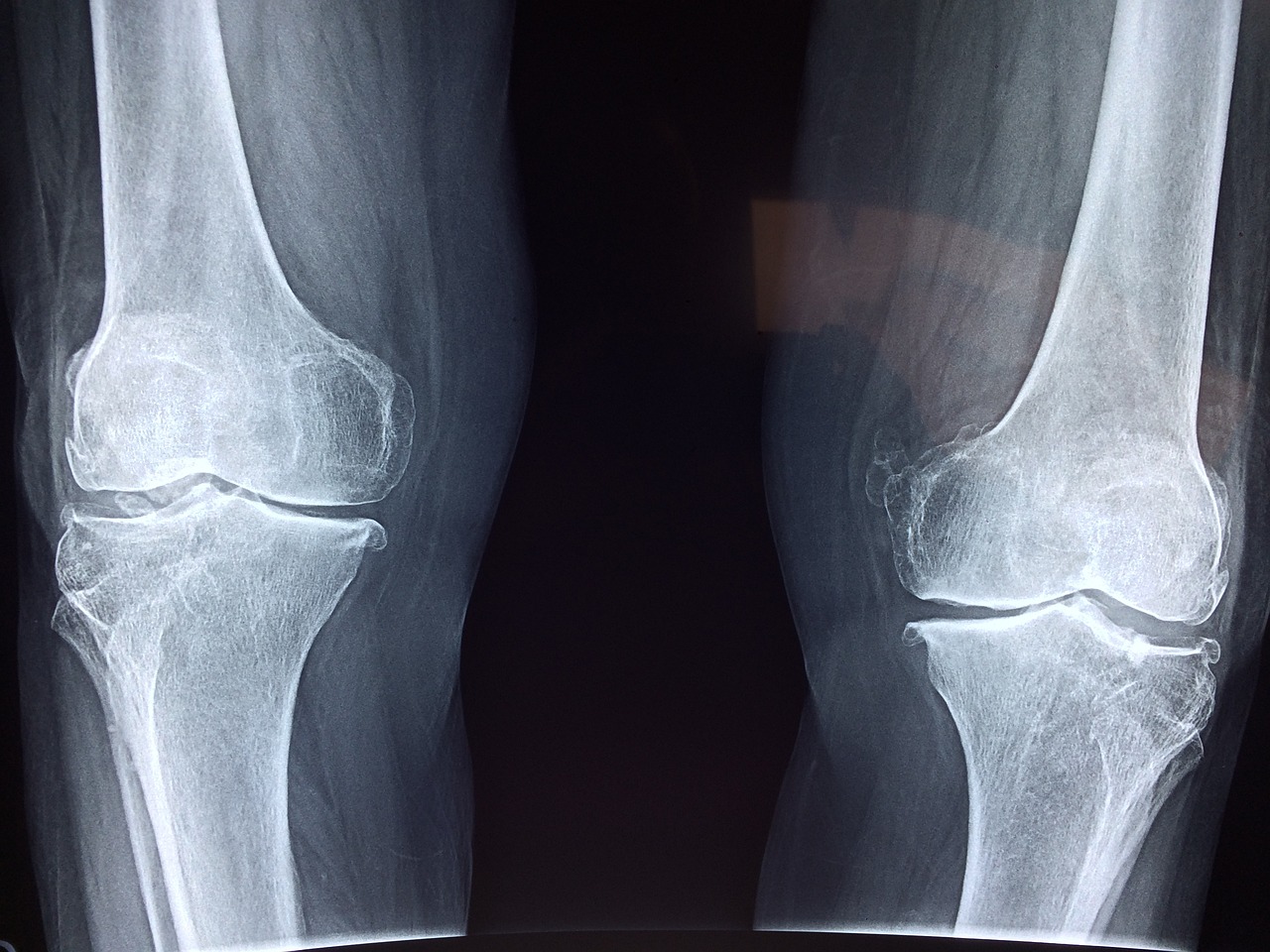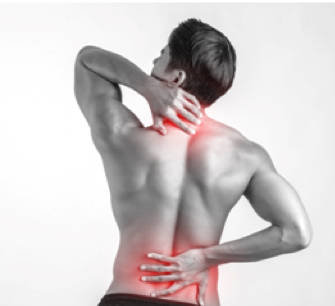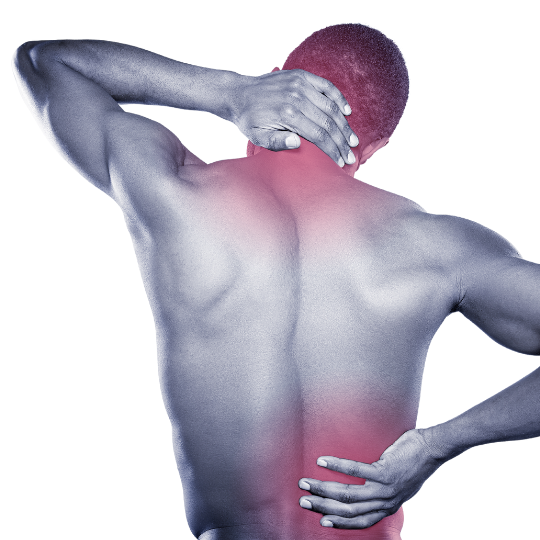Introduction

Osteoarthritis (also known as OA) is a joint condition that affects a significant number of people worldwide, especially older individuals. It is the most common form of arthritis and is a major cause of disability in the elderly population. Osteoarthritis occurs when the cartilage that normally cushions the joints starts to break down, this causes the bones in the joint to not have that much-needed protective layer between them. This causes more friction on the bones and can cause a wide array of symptoms.
Joints that are commonly affected by this condition are mainly weight-bearing joints such as the knees, hips and spinal joints. Osteoarthritis has also been observed in fingers, wrists and elbows too.
Main Symptoms of Osteoarthritis

The main symptoms of osteoarthritis are joint pain & stiffness. This can cause mobility issues and may affect your ability to remain active. In most cases, symptoms come in waves and can be tied to your activity level and external factors like the weather.
You are most likely to be suffering from Osteoarthritis if you are experiencing:
- Joint tenderness.
- Stiffness after not moving for a while.
- Limited range of motion for your joints.
- Muscle mass loss or weakness.
- Pain, tenderness or swelling in your big toe.
- Bony growths in your fingers
Symptoms of Knee Osteoarthritis
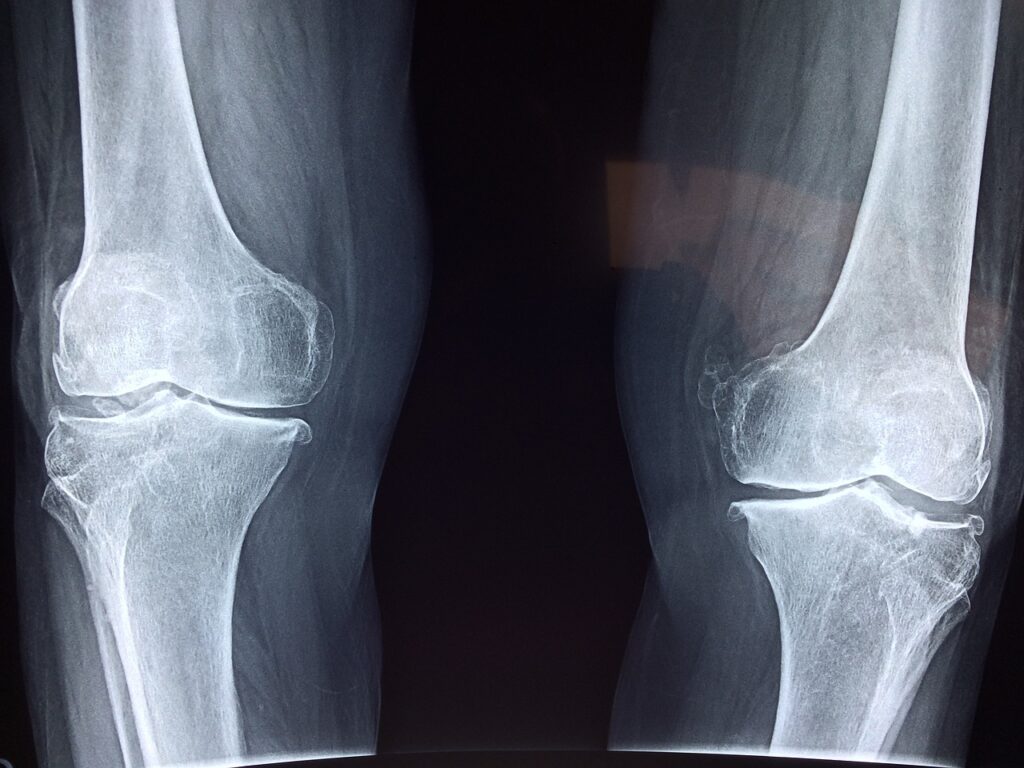
A common form of osteoarthritis encountered is Knee Osteoarthritis. If you are suffering from Osteoarthritis of the knee, you will likely experience pain while walking, particularly when going up or down inclines like hills or stairs. You may hear a grinding or grating sound in your joints while moving it. In severe cases, your knees might even buckle, causing imbalance or difficulty in balancing.
Risk Factors for Osteoarthritis
As Osteoarthritis is a leading condition among the elderly, it can be said that there are many risk factors that could contribute to people being afflicted with this condition. Some of these risk factors are within your control but not all of them are.
Joint Overuse

Firstly, we have joint overuse. Jobs with high physical demand, mainly blue-collar jobs, can cause joints to work overtime every day. This daily overworking of the joints can wear and tear on your joints which can contribute to the development of Osteoarthritis. Examples of job activities that may cause OA in the future include jobs that require:
- Kneeling or Squatting
- Heavy Lifting
- Stair Climbing
- Walking or Running
This is why it is important to take frequent breaks while on the job, especially as you get older. This also applies to people who participate often in high-impact sports like sprinting, boxing or acrobatics.
Obesity
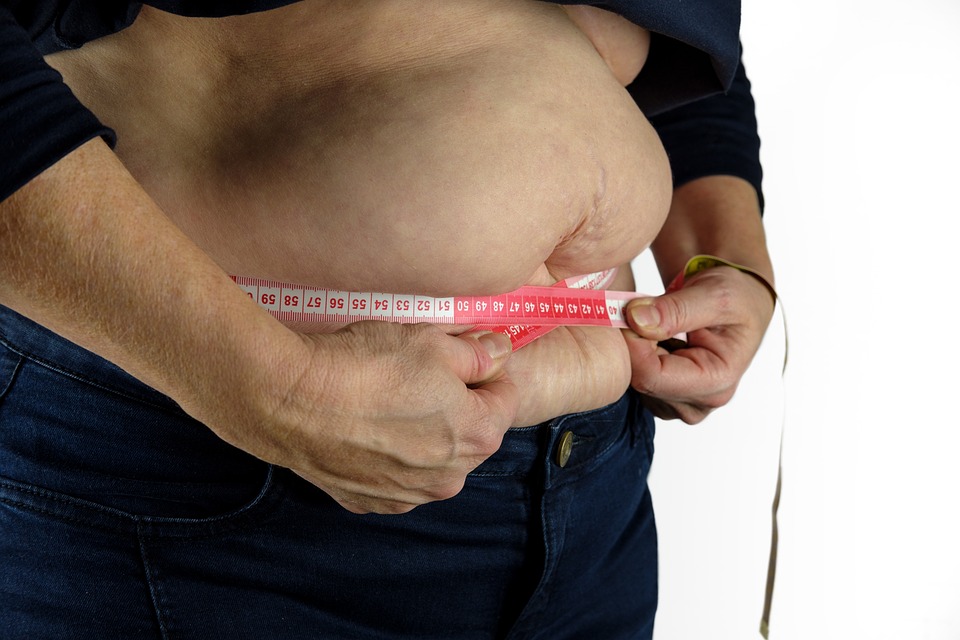
Obesity is a major cause of many health conditions and puts you at risk of developing many severe chronic health issues, osteoarthritis is one of them. According to the John Hopkins Arthritis Center, overweight people have 4-5 times more risk of developing Knee OA compared to a non-obese person! This is likely due to the increased pressure on the weight-bearing joints like the lower back and knees. Managing your weight through a caloric deficit and frequent low-impact exercise like swimming can help prevent osteoarthritis that can occur as a result of obesity.
Posture

Poor posture places pressure on your joints. Your head weighs as much as a bowling ball and is supported by your neck, shoulder and upper back muscles. You only get to rest your neck while sleeping. Keeping a poor neck posture places a lot of stress on the joints as your muscles will be stretched out to compensate for the poor posture. In the long-term, poor posture will contribute to wear and tear of your muscles and joints and can develop into osteoarthritis. Most readers will be reading this article on a laptop or phone, this is your reminder to lift your chin and straighten your back!
Genetics
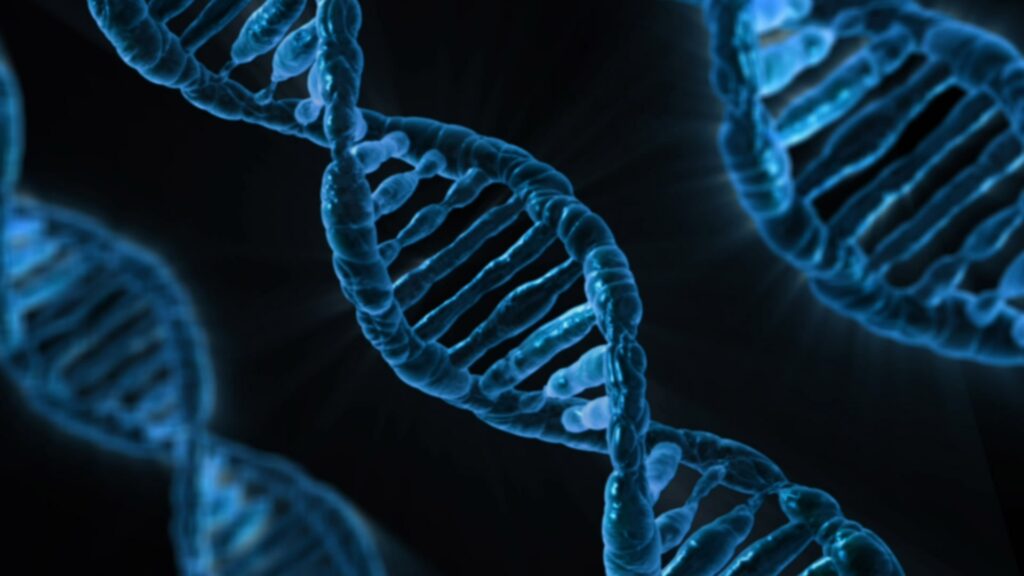
Though people cannot inherit osteoarthritis as a condition, the predisposition to developing osteoarthritis can be genetically inherited. However, the pattern of inheritance or respective genes is still unknown. If you have parents who have suffered from osteoarthritis, then it is important to go for frequent screenings and prevent the preventable risk factors of osteoarthritis as described earlier in this article.
Age
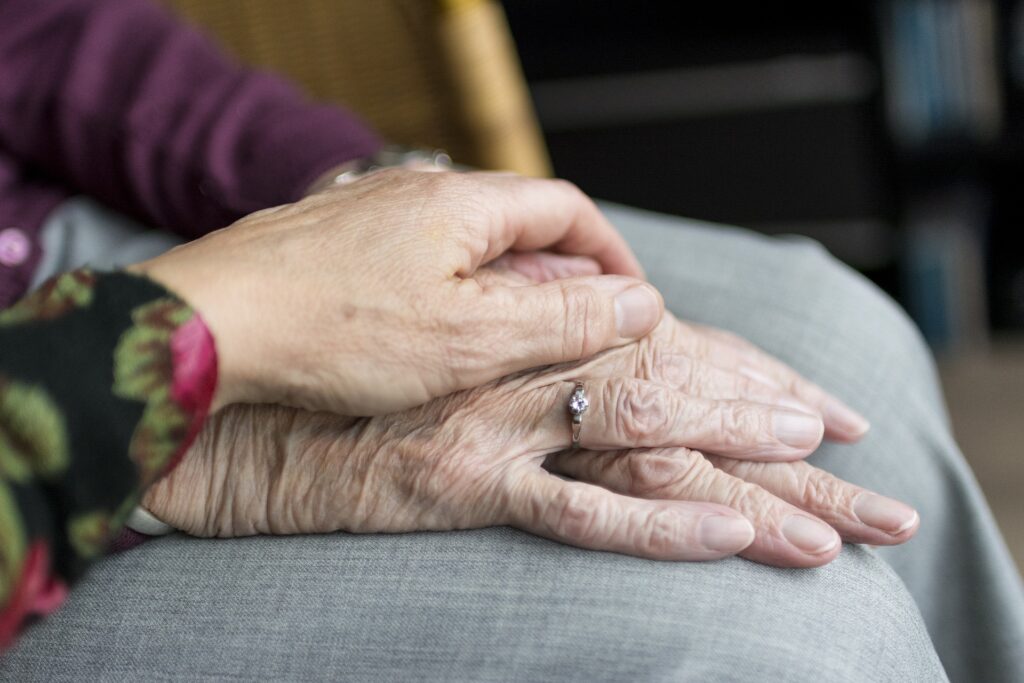
Aging is one of the greatest risk factors for Osteoarthritis and aging is also unavoidable. However, it is important to note that OA is not inevitable for those who are getting older. As a person gets older, their cartilage becomes more brittle, their bone structure weakens and their muscles will degenerate. These all contribute to increased pressure on the joints and can contribute to osteoarthritis.
Injury

Arthritis that develops after an injury is called post-traumatic arthritis. This type of arthritis accounts for 10% of OA cases and affects more than 5 million people globally each year. Joint injuries are 7 times more likely to develop into arthritis compared to joints that have not experienced any trauma. As injuries are inevitable in life, the most we can do to manage this risk factor is to ensure that we receive appropriate care and rest for the injured joint while it recovers.
How to Prevent Osteoarthritis?
Managing a Healthy Body Weight
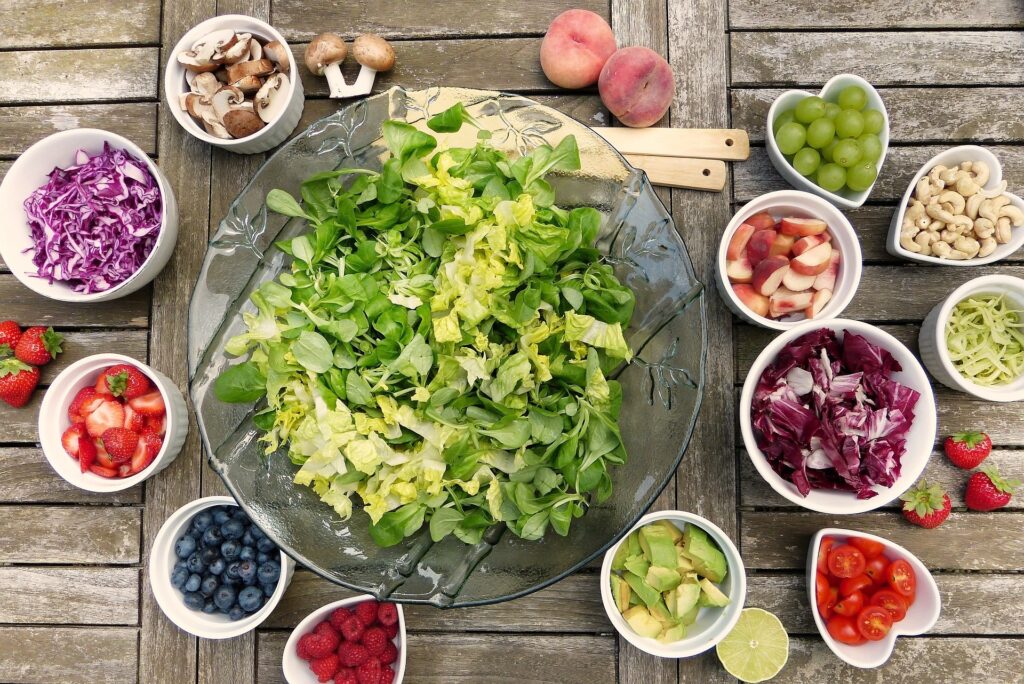
As mentioned above, obese individuals are more likely to develop OA in the future. Extra fat also contributes to changes in cartilage production in the body. There are many safe ways to lose weight including managing your caloric intake and exercising frequently. For more options on weight loss, you should consult a healthcare professional such as a dietician or a doctor.
Managing Blood Sugar
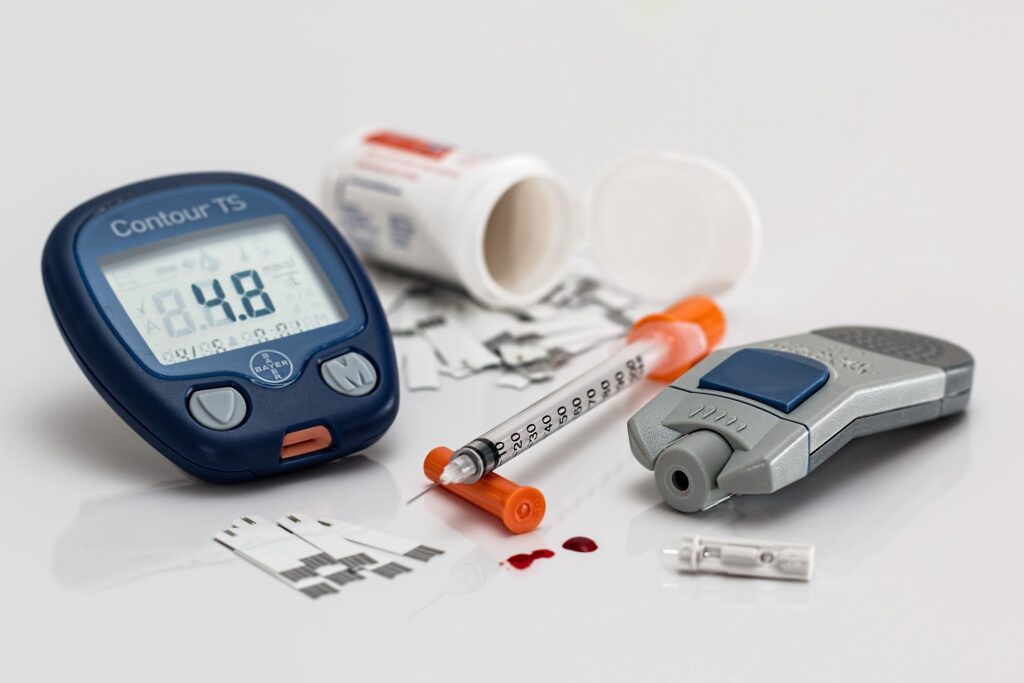
Diabetes is a risk factor that can contribute to osteoarthritis development. Conduct frequent blood tests to monitor your blood sugar.
Low-impact Exercises
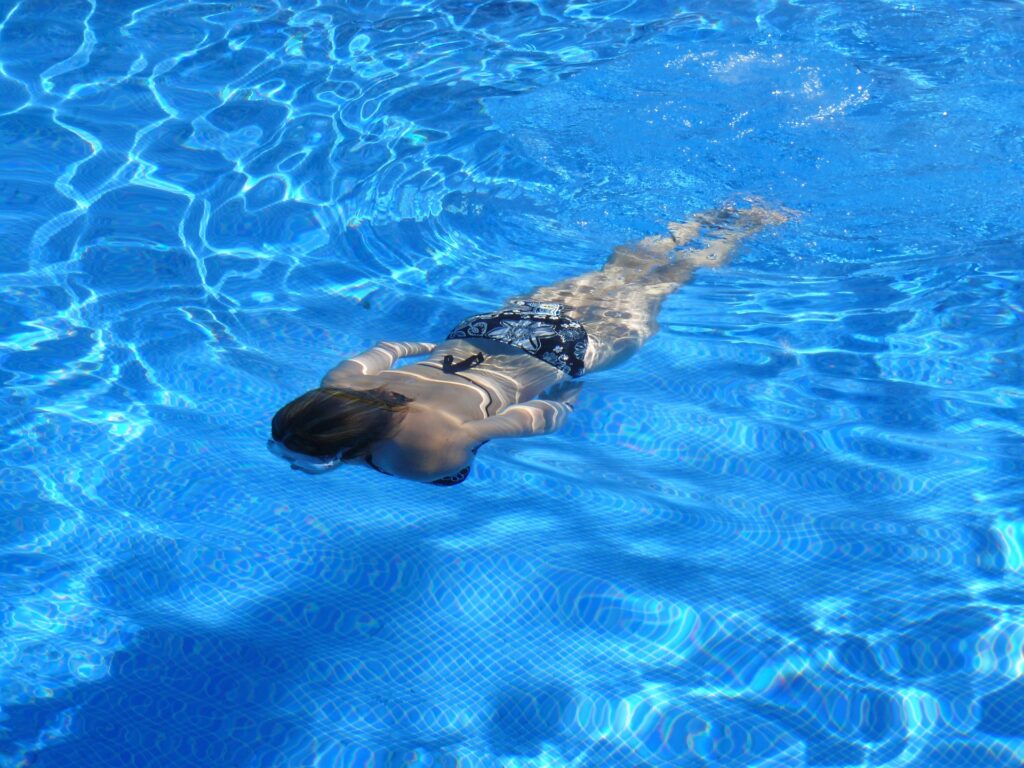
Low-Impact Exercises refer to exercises you can do without placing high impact on your joints. Low-impact exercises like swimming or brisk walking are great for strengthening your muscles, losing weight and reducing pressure on your joints. It is recommended to get at least 30 minutes of exercise or 6,000 steps a day. Though it may be challenging to start exercising frequently, discipline becomes a habit eventually so don’t give up!
Pain Monitoring
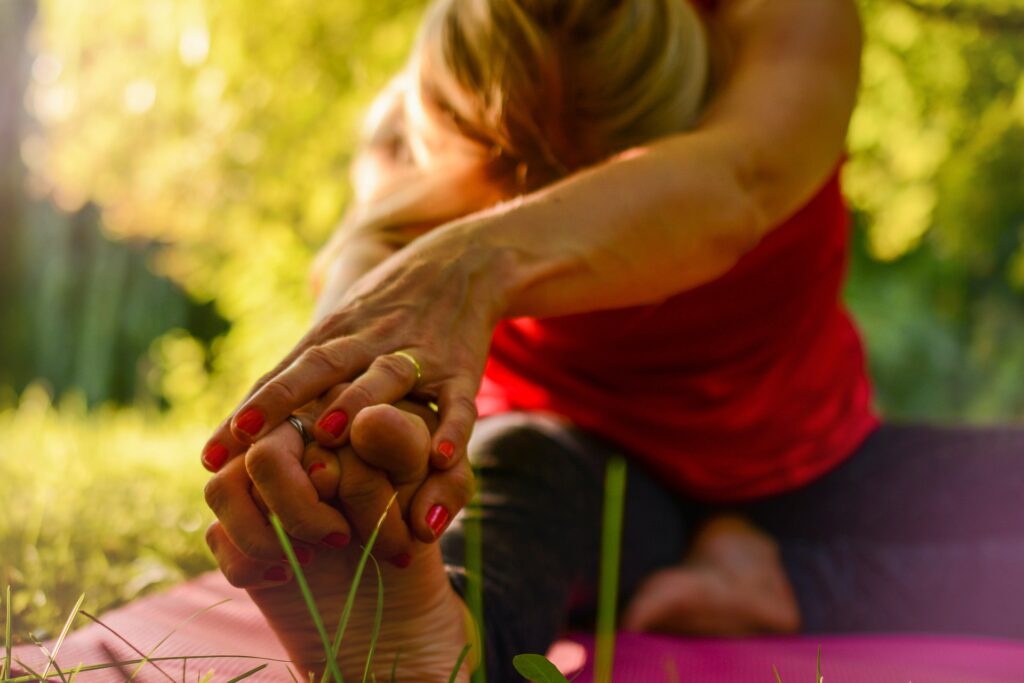
If you experience joint pain that lasts for more than an hour after exercise, you may have caused injury or overworked that joint. Rest the joint and use an ice pack or a hot pack to relieve the inflammation. Consider visiting a physiotherapist or a doctor to assess your condition.
Managing/Treating Osteoarthritis
There is no cure for osteoarthritis but there are ways to manage it through medication, devices and tools, therapies, and in severe cases, surgeries.
Medication

Medications that may be used include pain relievers, Nonsteroidal anti-inflammatory drugs (NSAIDs) and Counterirritants. There are options available over the counter and as prescribed by the doctor. Anti-inflammatory medication such as corticosteroids can be administered by your doctor.
Exercise & Weight Loss
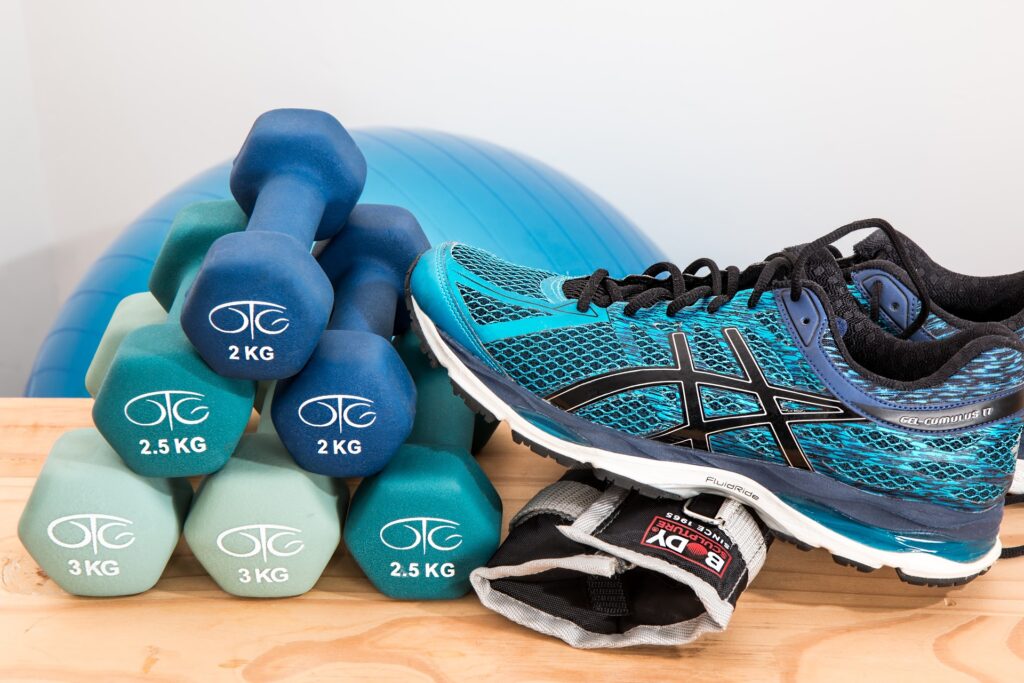
Exercise is a key component of managing osteoarthritis after developing it. These exercises include strengthening, stretching, balance and cardiovascular exercises. Combined with a diet plan to lose weight, these exercises will help strengthen your body and help reduce pressure on your joints.
Surgery

Joint replacement surgery by an orthopaedic surgeon may be an option for you in severe cases. An orthopaedic surgeon will help identify what is the best procedure to be done depending on which joints are damaged and how badly.
How Hi-Bliss Can Help
Hi-Bliss Hydrogen Therapy combines the anti-inflammatory properties of Molecular Hydrogen and a team of highly-trained physiotherapists to help people who are suffering from osteoarthritis improve their condition and reclaim their active and healthy lives.
During your first session with Hi-Bliss, our physiotherapists will conduct a few health assessments to identify the state of your condition. It will be helpful to bring some of your scans or medical reports from previous doctor visits.
Then, our therapists will perform a palpation check, a sense-of-touch test to identify muscle weaknesses and stiffnesses.
When that is done and treatment points are identified, our physiotherapists will spray molecular hydrogen gas onto your body.
Hydrogen gas is non-invasive but due to its nature as the smallest molecule, it can penetrate your skin painlessly to relieve inflammation in your body and joints. This is done by reducing oxidative stress by neutralising free radicals. There are no side effects to Hydrogen Therapy so no worries and no fuss. All you need to do while undergoing Hydrogen Therapy is just relax!
After being sprayed with Hydrogen gas, our therapists will conduct manipulation on your body. This includes some static stretching and massages.
Finally, your Hi-Bliss Therapist will teach you some basic stretching and strengthening exercises to do at home for a holistic healing experience.
References:
- Management of Osteoarthritis: Expert Opinion on NSAIDs
- Osteoarthritis | Centers for Disease Control and Prevention.
- Osteoarthritis | National Institute on Aging
- Osteoarthritis | NHS
- Causes of and Risk Factors for Osteoarthritis | Healthline
- Role of Body Weight in Osteoarthritis | John Hopkins Arthritis Center.
- How Your Posture Can Cause (and Affect) Arthritis | Health Central
- Osteoarthritis: Inheritance | Medline Plus
- Why is Osteoarthritis an Age-Related Disease?
- Post-Traumatic Arthritis | Cleveland Clinic.
- How to Help Prevent Osteoarthritis | Rochester University
- Osteoarthritis | Arthritis Foundation
